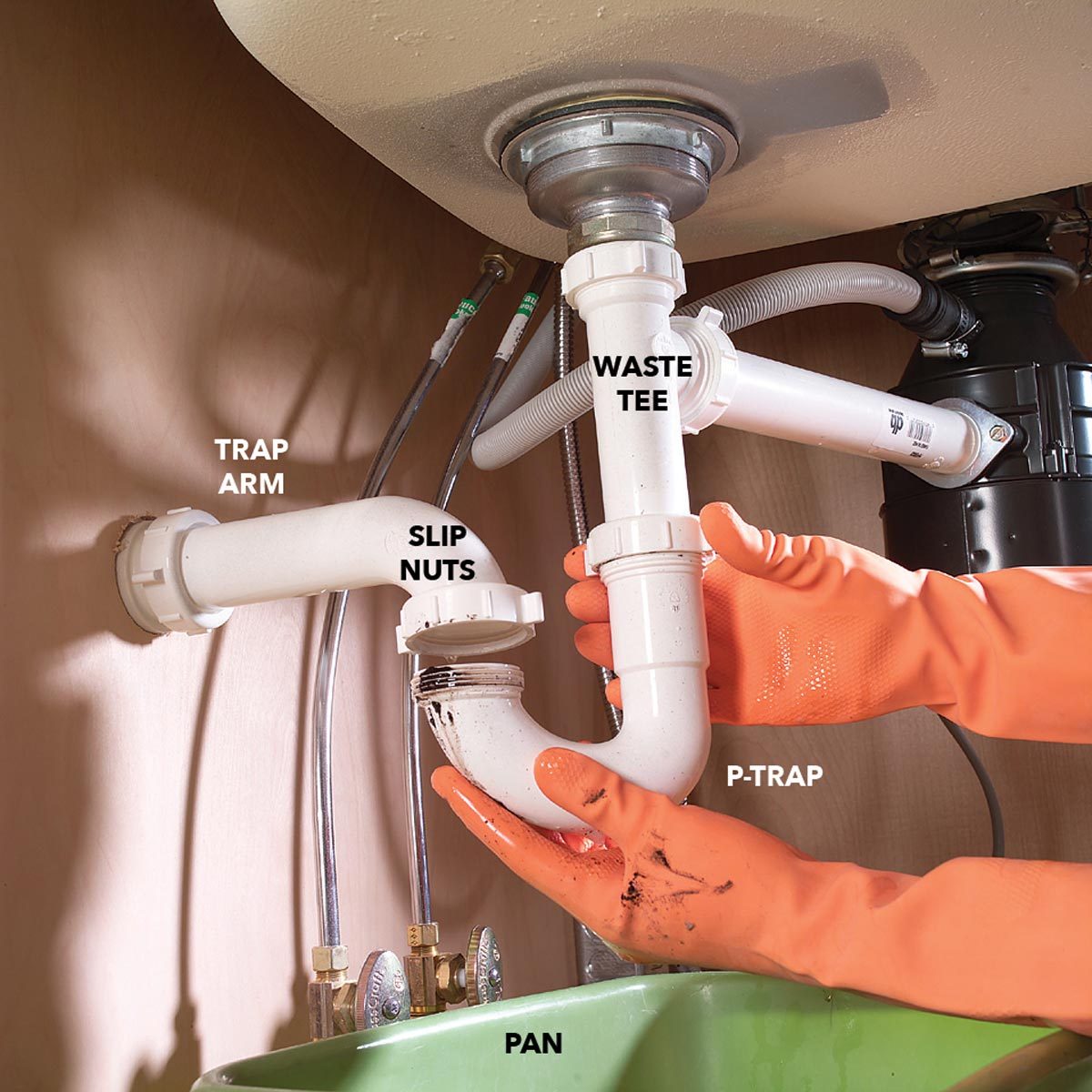Leakage Causes

Bathroom sink leaking from drain gasket – A leaking bathroom sink drain gasket can result from various factors, including wear and tear, improper installation, or damage. When the gasket is worn out, it may no longer effectively seal the connection between the sink drain and the drainpipe, leading to water leakage.
I couldn’t help but notice the persistent dripping from my bathroom sink’s drain gasket. It was a constant annoyance, reminding me of the need for a solution. As I searched for options, I stumbled upon the concept of undermount bathroom sinks.
Their sleek design and easy-to-clean surfaces caught my attention, making me wonder if they could be the answer to my leaky woes. After some research, I found a comprehensive guide to the best undermount bathroom sinks available. Armed with this knowledge, I decided to explore my options further, determined to find a sink that would not only fix my leaking problem but also enhance the aesthetics of my bathroom.
Improper installation can also contribute to a leaking gasket. If the gasket is not correctly positioned or tightened, it may not create a watertight seal, allowing water to escape.
Damage to the gasket can occur due to physical impact, such as accidentally dropping something heavy on it, or exposure to harsh chemicals or cleaning agents. A damaged gasket may develop cracks or tears, compromising its ability to prevent water leakage.
Signs and Symptoms
Several signs and symptoms may indicate a leaking drain gasket. One noticeable sign is water dripping or pooling around the base of the sink. This water leakage may occur when the sink is in use or even when the water is turned off.
The relentless drip of water from the bathroom sink’s drain gasket echoed through the silent room, reminding me of the inevitable repairs that lay ahead. As I searched for solutions, I stumbled upon the importance of understanding bathroom sink stopper parts.
These intricate components play a crucial role in preventing leaks and ensuring the smooth operation of the sink. By delving into their functionality, I realized that a faulty stopper could be the culprit behind the persistent leak from the drain gasket, demanding immediate attention to restore harmony to my bathroom.
Another indication of a leaking gasket is a musty or moldy odor coming from the sink area. The presence of moisture due to the leak can create a favorable environment for mold growth, resulting in an unpleasant smell.
In some cases, a leaking drain gasket may also cause gurgling sounds coming from the sink. This occurs when air is drawn into the drainpipe through the leaking gasket, creating a bubbling or gurgling noise.
Troubleshooting and Repair

Identifying the source of a leaking bathroom sink drain gasket is crucial. Check for any visible cracks, tears, or gaps around the gasket. Gather necessary tools like a wrench, pliers, and a new gasket.
Replacing the Drain Gasket, Bathroom sink leaking from drain gasket
1. Turn off the water supply and disconnect the drain pipe.
2. Use a wrench to loosen and remove the old gasket.
3. Clean the drain surface thoroughly to remove any debris.
4. Apply a thin layer of plumber’s putty or silicone sealant around the new gasket.
5. Position the new gasket and tighten it using a wrench or pliers.
6. Reconnect the drain pipe and turn on the water supply. Check for any leaks.
Preventing Future Leaks
Use high-quality gaskets made from durable materials. Ensure proper installation by following the manufacturer’s instructions carefully. Regularly inspect the gasket for any signs of wear or damage and replace it as needed.
DIY vs. Professional Repair: Bathroom Sink Leaking From Drain Gasket

Deciding whether to attempt a DIY bathroom sink drain gasket repair or hire a professional plumber involves weighing the advantages and disadvantages of each option.
DIY Repair
Advantages:
- Cost-effective: DIY repairs can save money compared to hiring a plumber.
- Convenience: You can schedule the repair at your convenience, without waiting for a plumber’s availability.
- Educational: DIY repairs can provide an opportunity to learn new plumbing skills.
Disadvantages:
- Complexity: Bathroom sink drain gasket repairs can be complex, especially if the leak is severe or there are underlying plumbing issues.
- Tools and materials: You may need to purchase specialized tools and materials for the repair.
- Risk of further damage: Incorrectly repairing the gasket can worsen the leak or cause other plumbing problems.
Professional Repair
Advantages:
- Expertise: Plumbers have the knowledge and experience to diagnose and repair leaks effectively.
- Guaranteed results: Professional plumbers typically offer warranties on their work.
- Peace of mind: You can rest assured that the repair is done correctly and won’t cause future problems.
Disadvantages:
- Cost: Hiring a plumber can be more expensive than DIY repair.
- Scheduling: You may need to wait for the plumber’s availability, which can be inconvenient.
- Lack of control: You won’t have direct control over the repair process or the choice of materials used.
Factors to Consider
When deciding between DIY and professional repair, consider the following factors:
- Severity of the leak: Small leaks may be suitable for DIY repair, while severe leaks may require professional assistance.
- Your skill level: If you’re confident in your plumbing abilities, DIY repair may be feasible. Otherwise, consider hiring a plumber.
- Availability of tools and materials: Ensure you have the necessary tools and materials for DIY repair before proceeding.
- Underlying plumbing issues: If you suspect the leak is caused by underlying plumbing issues, it’s best to hire a plumber.
When to Seek Professional Assistance
Seek professional assistance if:
- The leak is severe or persists despite DIY attempts.
- You suspect there are underlying plumbing issues.
- You’re not confident in your plumbing skills.
- You don’t have the necessary tools or materials for the repair.